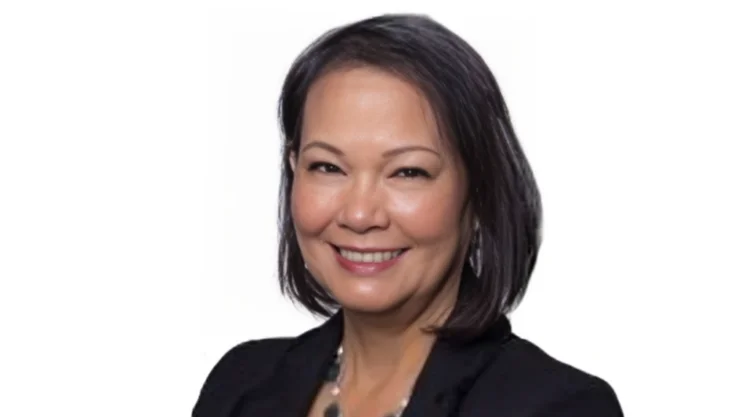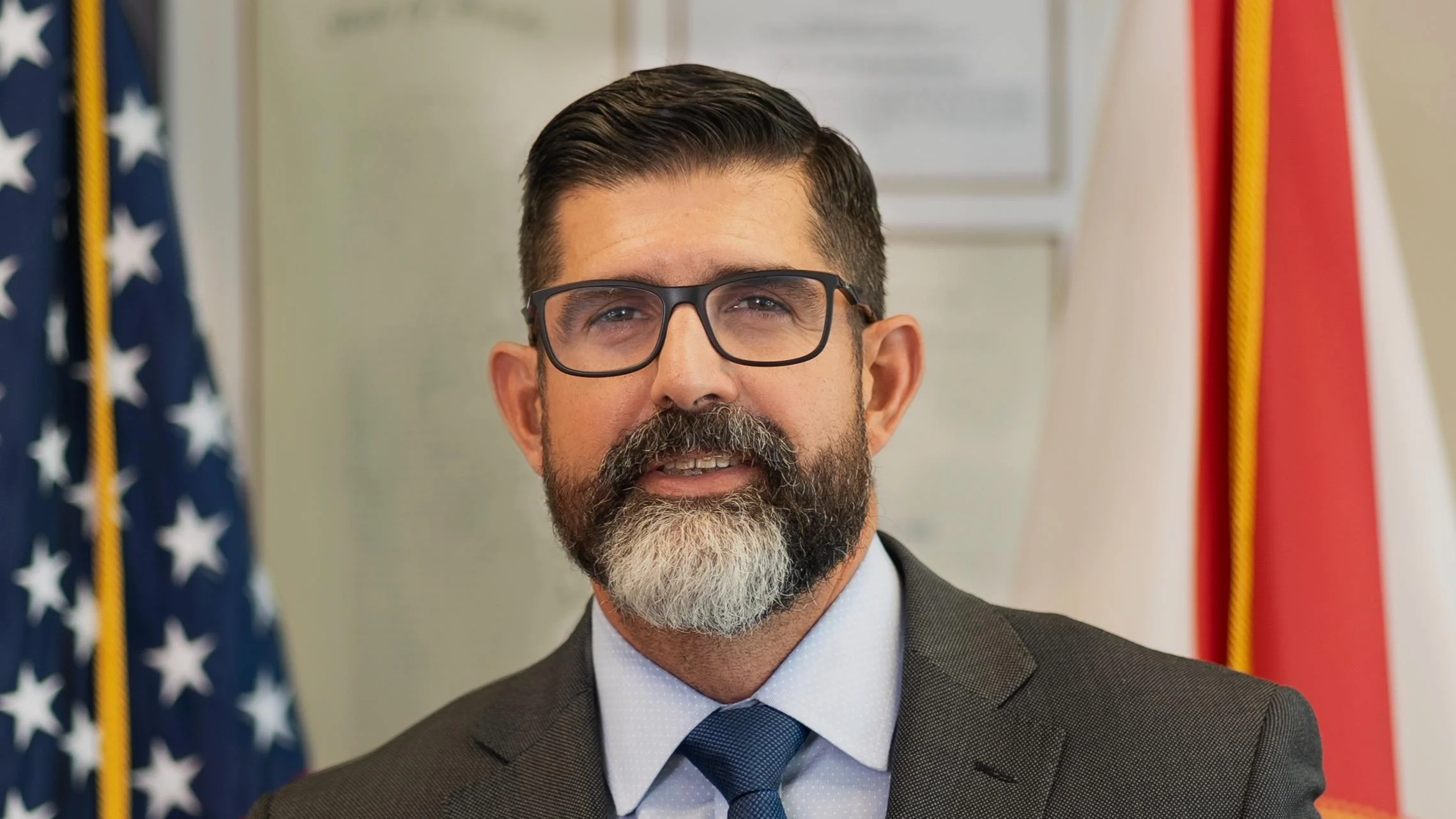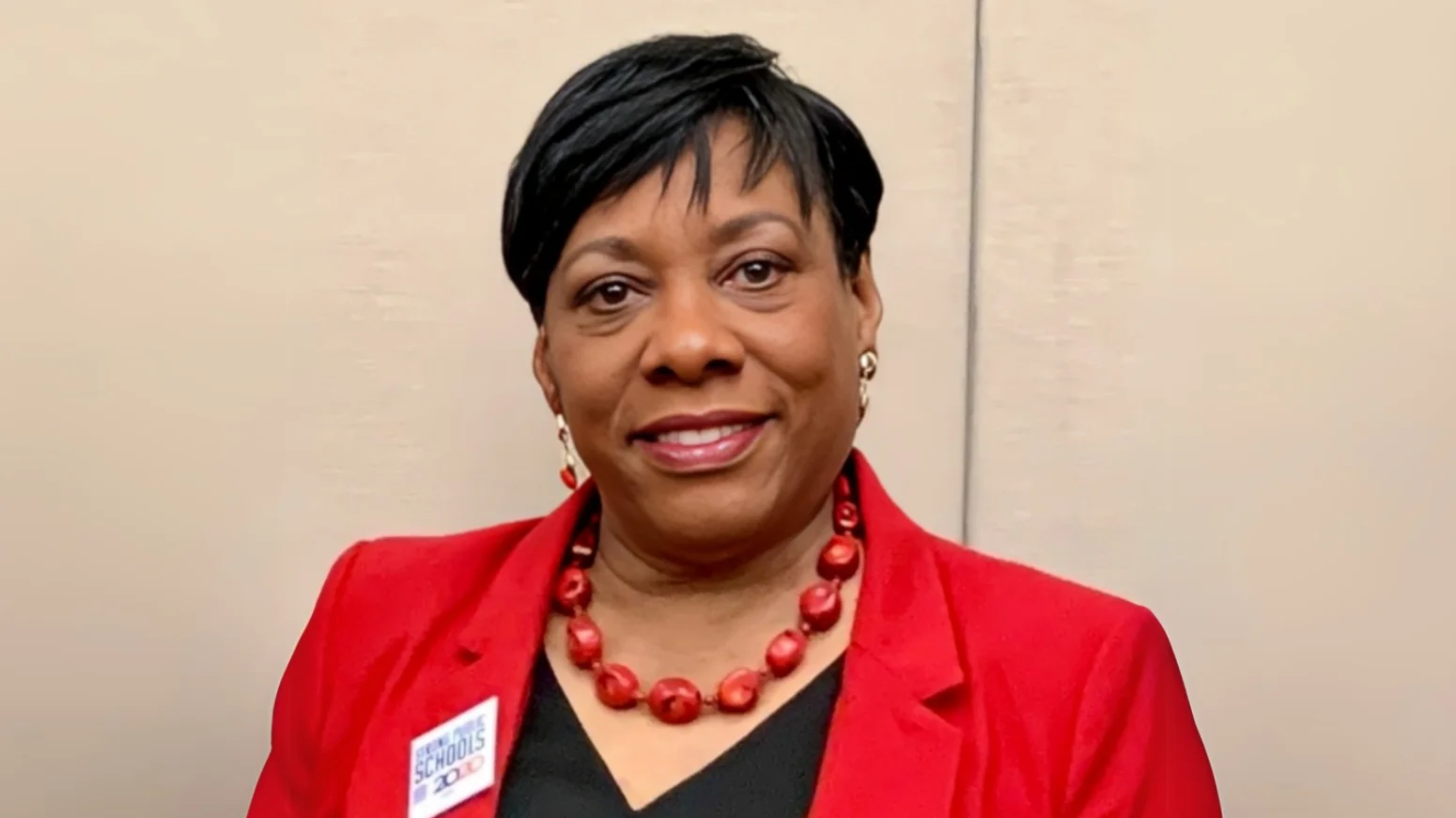
Debbie Tannenbaum school-based technology specialist at Fairfax County, Virginia | EdSurge Research
As classrooms in the United States become more diverse, school districts are faced with the challenge of selecting educational technology that meets the needs of all students. The National Center for Education Statistics reported 5.3 million English learners in K-12 public schools in fall 2021, an increase from 4.6 million a decade earlier, with Texas having the highest percentage at 20.2%.
Joshua Jonas, a curriculum and instruction researcher at Baylor University, emphasized that "technology is not neutral," suggesting it can either promote equity or widen gaps based on its selection and integration.
Districts are now considering whether tools work for specific groups rather than just their general effectiveness. Tyrone Howard from UCLA highlighted the need to consider neurodivergence and cultural differences as many tools cater to dominant culture norms.
The Center on Inclusive Technology and Education Systems (CITES) recommends adopting systematic approaches for culturally responsive edtech selection. Mia Laudato from CITES advises using self-assessment tools to evaluate district ecosystems before choosing tools.
Jenks Public Schools in Oklahoma has used the CITES framework to develop a vendor-evaluation process focused on accessibility for its diverse student population. Samantha Reid, educational technology coordinator at Jenks, mentioned their use of Talking Points platform due to its translation capabilities for languages like Zomi.
Debbie Tannenbaum from Fairfax County Public Schools supports using technology that allows students to be creators and promotes collaboration while being user-friendly for multilingual learners.
Kelly Forbes advocates forming diverse evaluation teams including teachers, parents, and community members to ensure understanding of local needs.
A six-step framework developed by Jonas and colleagues at Baylor focuses on knowing students beyond numbers, building culturally responsive teams, comparing with similar districts, piloting with equity in mind, embedding equity in procurement processes, and creating feedback loops during implementation.





 Alerts Sign-up
Alerts Sign-up